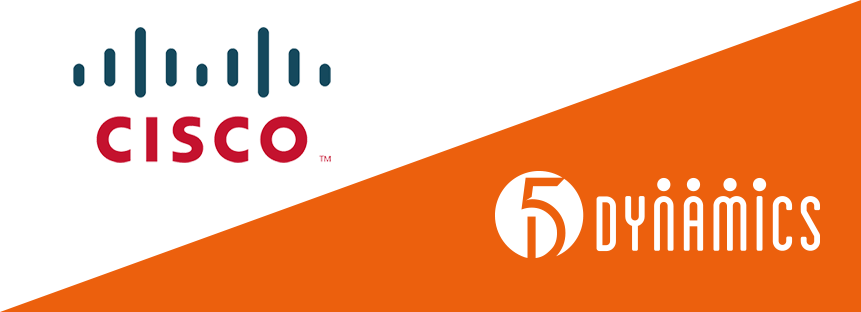Lighting the Fire: Learning and Peer Instruction (Part 2 of 3)

This is the second part of a series on learning theories and methods impacting today’s corporate and educational learning spaces. Part One focused on Dr. Britt Andreatta’s furtherance of research on the Growth Mindset.
The Lecture Learning Model
Another cutting-edge thinker in learning is Dr. Eric Mazur, Dean of Applied Physics at Harvard. Dr. Mazur recognized early in his career that lectures and rote memorization do not add up to true learning, so he did something unheard of: he said goodbye to lectures, the most common method of imparting wisdom to students of any age.
Dr. Mazur documented his shift in a 2009 article, “Farewell, Lecture?“ published in Science. He recognized that most lectures were monologues to facilitate the transfer of information; only the most entertaining lecturers were able to deliver their monologues effectively. He explains, “However, education is so much more than just information transfer, especially in science. New information needs to be connected to preexisting knowledge in the student’s mind. Students need to develop models to see how science works.”
In the lecture model, there is no opportunity for students to think critically. The best outcome from this model is rote memorization which can then be fed back on a test and is retained just long enough to receive a passing grade in any given subject. True learning has not taken place.
To refer back to Dr. Andreatta’s model, the student might learn (temporarily) and they might remember (temporarily), but they are not able to do. The lecture model does not allow students to assimilate a new concept, to play with it, to discuss it with others, to make it their own—no long-term learning takes place.
Dr. Mazur’s Peer Instruction Method
To address this problem, Dr. Mazur developed the Peer Instruction method, which involves students in their own learning during lecture and focuses their attention on underlying concepts. Dr. Mazur’s lectures are interspersed with conceptual questions designed to expose common difficulties in understanding the material. He further explains his approach:
After posing the question, I give the students 1 to 2 minutes to think, after which each must commit to an individual answer. They do this by submitting their answers using handheld devices. The devices transmit the answers to my computer, which displays the distribution of answers. If between 35% and 70% of the students answer the question correctly, I ask them to discuss their answers and encourage them to find someone in the class with a different answer. Together with teaching assistants, I circulate among the students to promote productive discussions and guide their thinking. After several minutes of peer discussion, I ask them to answer the same question again. I then explain the correct answer and, depending on the student answers, may pose another related question or move on to a different topic.
Enabling Understanding
This process forces the students to think through the arguments being developed and enables them to assess their understanding of the concepts even before they leave the classroom.
Dr. Mazur and his team have applied this method in introductory physics at Harvard and have found that students make significant gains in conceptual understanding (as measured by standardized tests) as well as gaining problem-solving skills.
Engaging learners as active participants—versus the traditional view of them as passive receptacles—is a natural outgrowth of understanding how we actually learn. Next, we’ll look at a final puzzle piece: rather than bringing learners to a set curriculum, meeting them when and where they have a need.
Part three of this series examines The Invisible L&D As A Paradigm Shift In Corporate Learning And Development.


